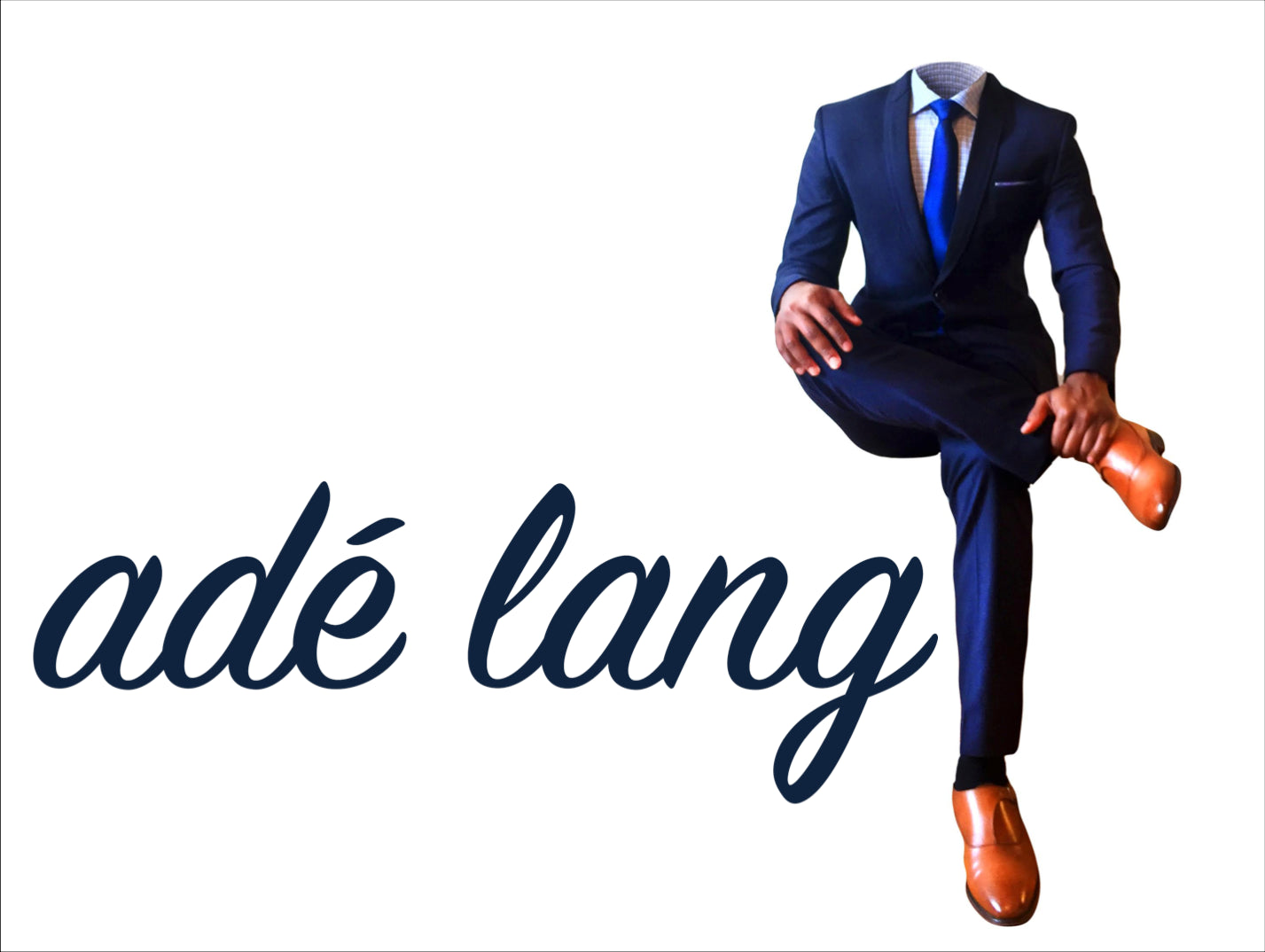The Tariff Tightrope: How Luxury Sportswear Navigates Trade Turbulence
Picture a Dior atelier gone silent. Skilled hands that once stitched dreams into fabric now lie still. Across Europe, haute couture houses hold their breath as Washington’s 50% tariffs fracture centuries old traditions. Yet within this upheaval, sportswear evolves at the intersection of geopolitics and grande maison craftsmanship. The numbers reveal a stark reality: 30% of American luxury consumers prize European labels above domestic brands, nearly double those preferring homegrown alternatives. A "Made in France" Dior Petit Panier bag commands a 22% premium, a testament to tradition’s tangible value.
Heritage in the Balance
European luxury brands confront an existential choice: relocate production to avoid tariffs or absorb costs and risk alienating core clients. Labels scoring maximum U.S. consumer credibility ratings, notably Dior’s handbag ateliers, evaluate shifting workshops to Mexico or Vietnam. Yet heritage carries measurable weight. Milanese leather artisans report clients explicitly rejecting items manufactured outside traditional regions, citing eroded authenticity. The "Made in Italy" designation alone drives verified price premiums, making relocation a brand equity gamble. As Benjamin Schmidt’s Inventing Exoticism argues, cultural provenance remains non-transferable; value perception hinges on geographic legacy.
The American Countermove
Specialist sportswear firms exploit this gap through hybrid models. Strategies centre on deploying European design directors within tariff shielded U.S. Enterprise Zones (EPZs), avoiding Section 301 tariffs averaging 25% on Chinese textiles while leveraging "Made in USA" marketing advantages. Facilities in locations like Nashville integrate traditional Neapolitan tailoring techniques with advanced automation, targeting 30% unit cost reductions without sacrificing design integrity. This mirrors Annette Lang’s design philosophy: "Products reduced to essentials last longer, conserve resources, and cause less waste". The approach aligns with Gen Z’s demand for sustainable production transparency.
Innovation Through Constraint
Tariffs inadvertently catalyse material innovation. Swiss performance fabrics now merge with Carolina cotton mills, creating moisture wicking blazers featuring Savile Row proportions. Blockchain tracked supply chains verify every process step, transforming transparency into a status marker. As Financial Times notes, "The future of luxury isn’t ‘where.’ It’s ‘how’". This technical evolution echoes industrial designer Annette Lang’s advocacy for timeless objects balancing aesthetics, function, and ecology.
Stitching the Future: Craftsmanship Beyond Borders
Geopolitics now permanently stitches itself into fashion’s fabric. Luxury sportswear’s survival hinges not on resisting tariff winds but harnessing them to redraw production maps. The emerging paradigm rewards brands that:
- Anchor design in European heritage while strategically relocating technical execution to U.S. EPZs.
- Elevate transparency as the new luxury language, using blockchain validation as a consumer trust tool.
- Prioritise material innovation, blending Old World tailoring with performance textiles for climate adaptable elegance.
As Schmidt’s analysis of 17th century "Tapestry of America" reveals, value perception transcends raw materials; it resides in cultural narrative. Tomorrow’s ateliers may operate in Appalachian foothills, but their soul remains irrevocably European. The needle moves forward, yet the thread of heritage endures.
